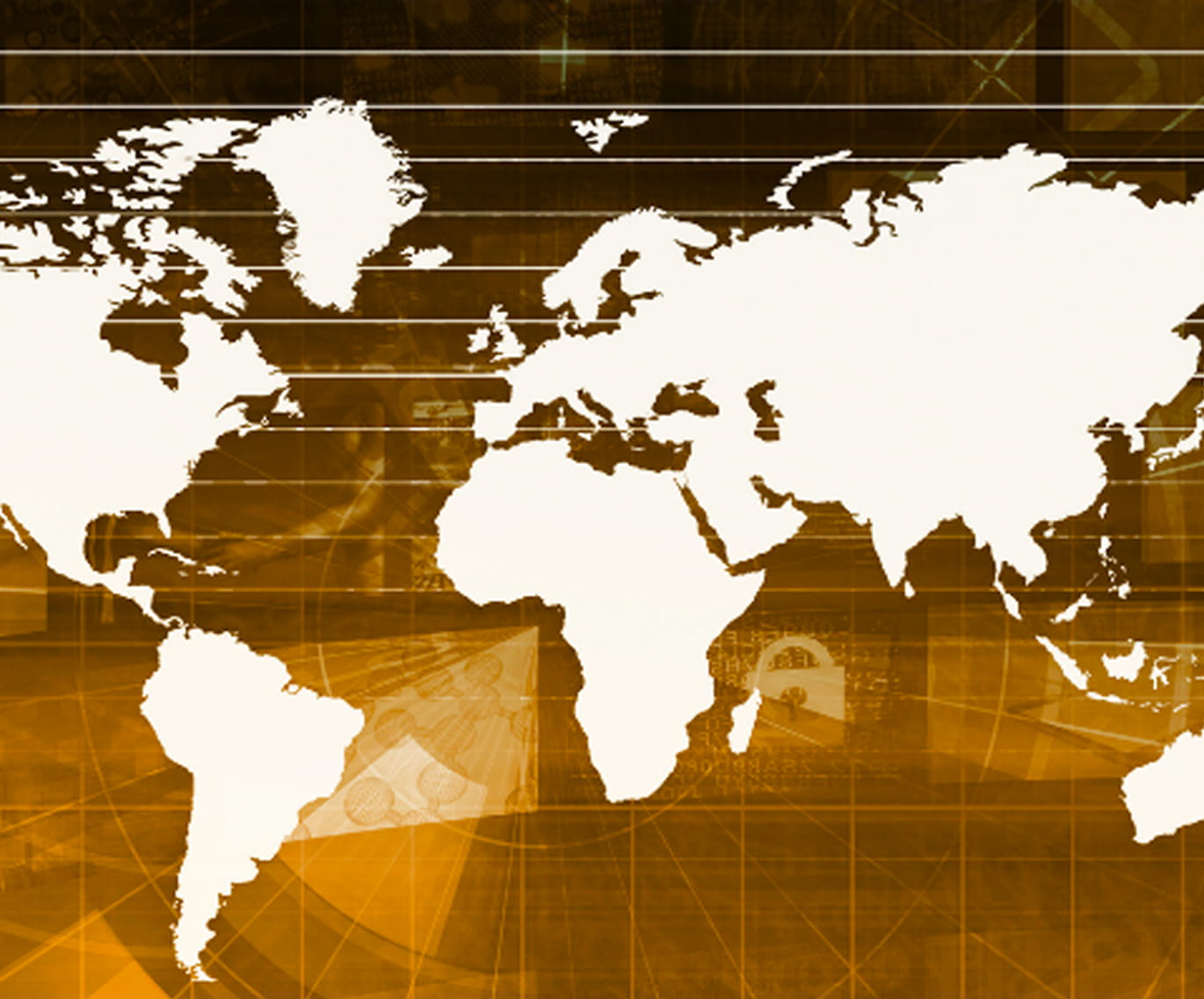

Globalisation: Internationalisation vs Localisation
In 2020, circumstances forced many businesses to move online quickly. As well as helping businesses serve the needs of current customers, the move online also allowed many businesses to ‘go global’ and reach new markets in the process.
If your business has recently entered new international markets, then you also need to consider how you’re speaking to your new customers. After all, depending on the type of product or service you’re providing, you’ll likely need to employ globalisation strategies in order to accurately and effectively reach your target customers and meet their needs.
In this introductory guide, we explain the key differences between globalisation, internationalisation and localisation.
What is globalisation?
Globalisation is the process of becoming better connected to your customers in different parts of the world. It involves bringing people from different cultures, economies and cultures together. On top of this, it also involves embarking on a series of processes that will prepare your products or services for an international launch.
The process of developing globalisation strategies involves doing due diligence, including conducting market research and studying cultural customs in any new markets you’re entering. By doing this preparatory work around all aspects of your product or service (including everything from marketing to design), you will avoid any embarrassing misinterpretations and ensure information does not become lost in translation.
What is internationalisation?
Sometimes referred to as i18n, the process of internationalisation involves adapting your products and services so they can easily enter new markets. To help with this process, most businesses enlist the help of subject matter experts like technical experts and experts with international market knowledge.
Internationalisation takes many forms, but one great example of an effective globalisation strategy comes from Swedish furniture manufacturer IKEA. Because all of their pieces of furniture require assembly, the company replaced all of the English text in their instruction booklets with pictures and diagrams before they globalised. This then meant that the same instruction leaflet could be used in different countries. However, this approach might not work for everyone or all products.
What is localisation?
Once you’ve internationalised your product or service, it’s time to localise it for a specific target market.
Localisation (which is also sometimes known as l10n), is the process of adapting your website, content or product so that it looks natural to customers in the region you’re targeting. While the internationalisation process makes it easy to adapt your product to many countries, the localisation process then makes your product highly relevant for a specific market.
On your website, this can include taking vital steps like modifying images, removing culturally-specific elements and translating content. Specific examples of localisation include getting rid of local idioms such as ‘picking the low-hanging fruit’ that do not translate directly to other languages, or removing images that show Londoners walking down Oxford Street for people from another destination or culture.
In the current marketplace, McDonald’s has exemplified how to localise a product. While their branding remains constant across their 30,000+ restaurants due to their impressive globalisation strategies, they’ve tailored their local menus to suit local customs. For example, their restaurants in Israel serve kosher food and they have meat-free in India, where the majority of the population do not eat beef or pork.
The differences between globalisation, internationalisation and localisation
In summary, globalisation is the process by which a company prepares to bring its business to the rest of the world. Following this, it will then start the process of internationalisation, which involves adapting products and services so that they can be sold in international markets. Finally, they’ll then go through a localisation process, which involves tailoring the product or service so that it meets the needs of customers in a specific market.
If you’re considering expanding to a new market, you first need to consider your international and localisation strategies. By doing this before the project begins, you’ll find it much simpler to design and sell products or services that satisfy users of all regions, cultures and languages.
If you need help internationalising or localising your product or service, then contact us today. We offer consultancy services that are tailored to your business and our experts can guide you on every step of the journey.
We speak your language
Get in touch